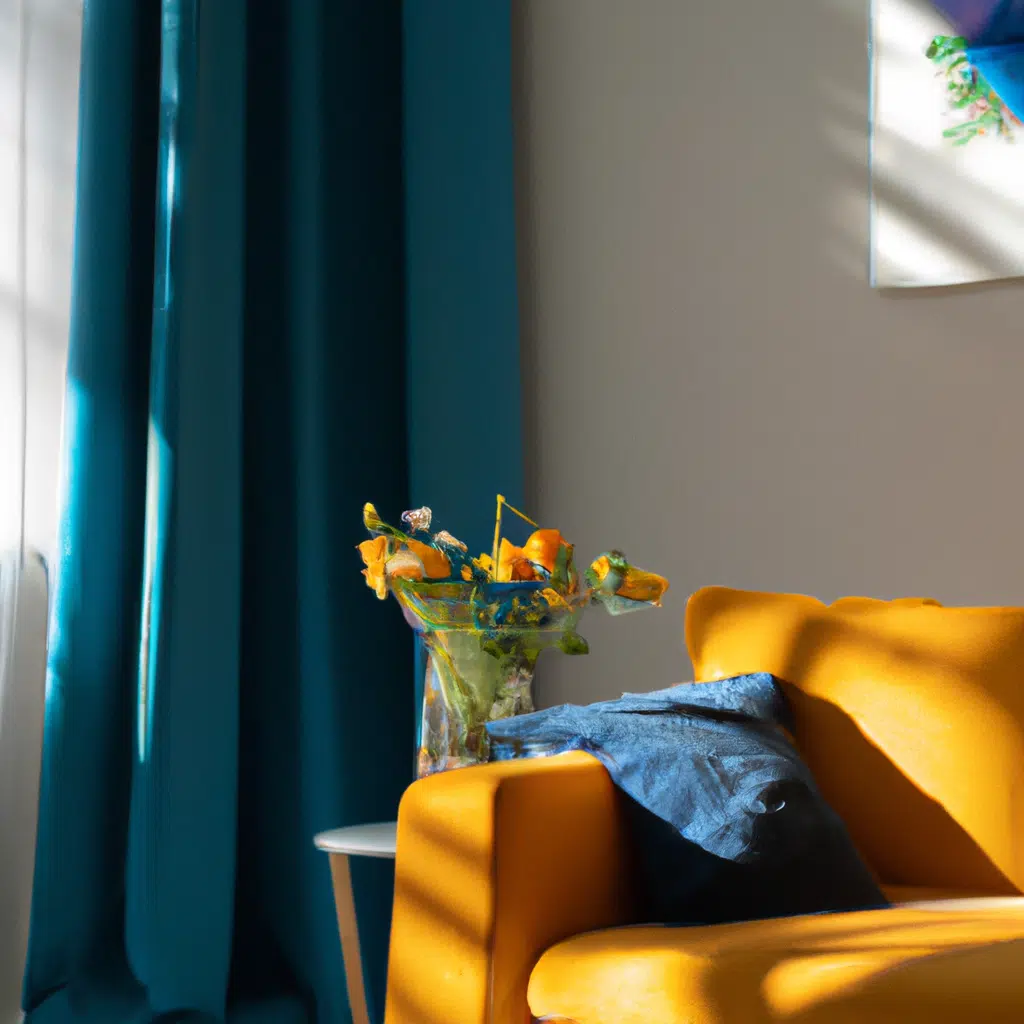
How to Use the Psychology of Color in Home Design to Improve Your Mood
Are you looking to upgrade your home design to improve your mood? Look no further than the psychology of color. Color has the power to evoke emotions, influence moods, and even affect behavior. By understanding the psychology of color, you can create a home design that promotes positivity, relaxation, and productivity. In this article, we will explore the impact of color on emotions and provide tips on how to use color to improve your mood in your home design.
Understanding the Psychology of Color
Color psychology is the study of how color affects human behavior and emotions. Different colors can evoke different emotions and have different effects on mood. Here are some common associations people have with colors:
- Blue: Calming, relaxing, and peaceful
- Red: Energizing, passionate, and stimulating
- Yellow: Cheerful, optimistic, and uplifting
- Green: Soothing, refreshing, and balanced
- Purple: Creative, luxurious, and sophisticated
- Orange: Friendly, playful, and energetic
- Pink: Romantic, calming, and nurturing
- Brown: Warm, natural, and grounded
- Black: Sophisticated, elegant, and powerful
- White: Pure, clean, and peaceful
It’s important to note that everyone’s associations with color may differ based on their personal experiences and cultural background. Therefore, it’s essential to consider how you personally respond to color when designing your home.
Tips for Using Color in Home Design
Now that you understand the psychology of color let’s explore how to use color in your home design to improve your mood.
1. Start with a Neutral Base
Neutral colors like white, beige, and gray can create a calming and balanced foundation for your home design. They also allow you to easily incorporate pops of color throughout your space without overwhelming the senses. Consider using neutral colors on larger surfaces like walls, floors, and furniture.
2. Use Color to Highlight Key Areas
Strategic use of color can draw attention to specific areas of your home and create a focal point. For example, a brightly colored accent wall can make a room feel more energizing, while a soothing blue hue in a bedroom can promote relaxation.
3. Coordinate Color Schemes
When selecting colors for your home design, it’s important to consider how they coordinate with each other. A cohesive color scheme can create a sense of harmony and flow throughout your space. One way to achieve a coordinated look is by using a color wheel. Colors that are opposite each other on the color wheel, such as blue and orange, create a complementary color scheme. Colors that are adjacent to each other on the wheel, such as blue and green, create an analogous color scheme.
4. Consider Room Function
The function of a room can influence the colors you choose. For example, a home office may benefit from energizing colors like red or orange to promote productivity, while a bedroom may benefit from calming colors like blue or green to promote relaxation.
5. Use Texture and Pattern
In addition to color, texture and pattern can also influence mood. Soft textures like plush rugs and cozy blankets can create a sense of comfort, while geometric patterns can create a sense of energy and movement.
6. Don’t Forget About Lighting
Lighting can affect how colors appear in a space. Natural light can bring out the true colors of your design, while warm artificial lighting can create a cozy and inviting atmosphere.
Conclusion
Incorporating the psychology of color into your home design can have a significant impact on your mood and well-being. By understanding the associations people have with colors and considering your personal preferences and room function, you can create a space that promotes positivity, relaxation, and productivity. Start with a neutral base, use color to highlight key areas, coordinate color schemes, consider room function, use texture and pattern, and don’t forget about lighting. By following these tips, you can create a home design that improves your mood and enhances your overall quality of life.

